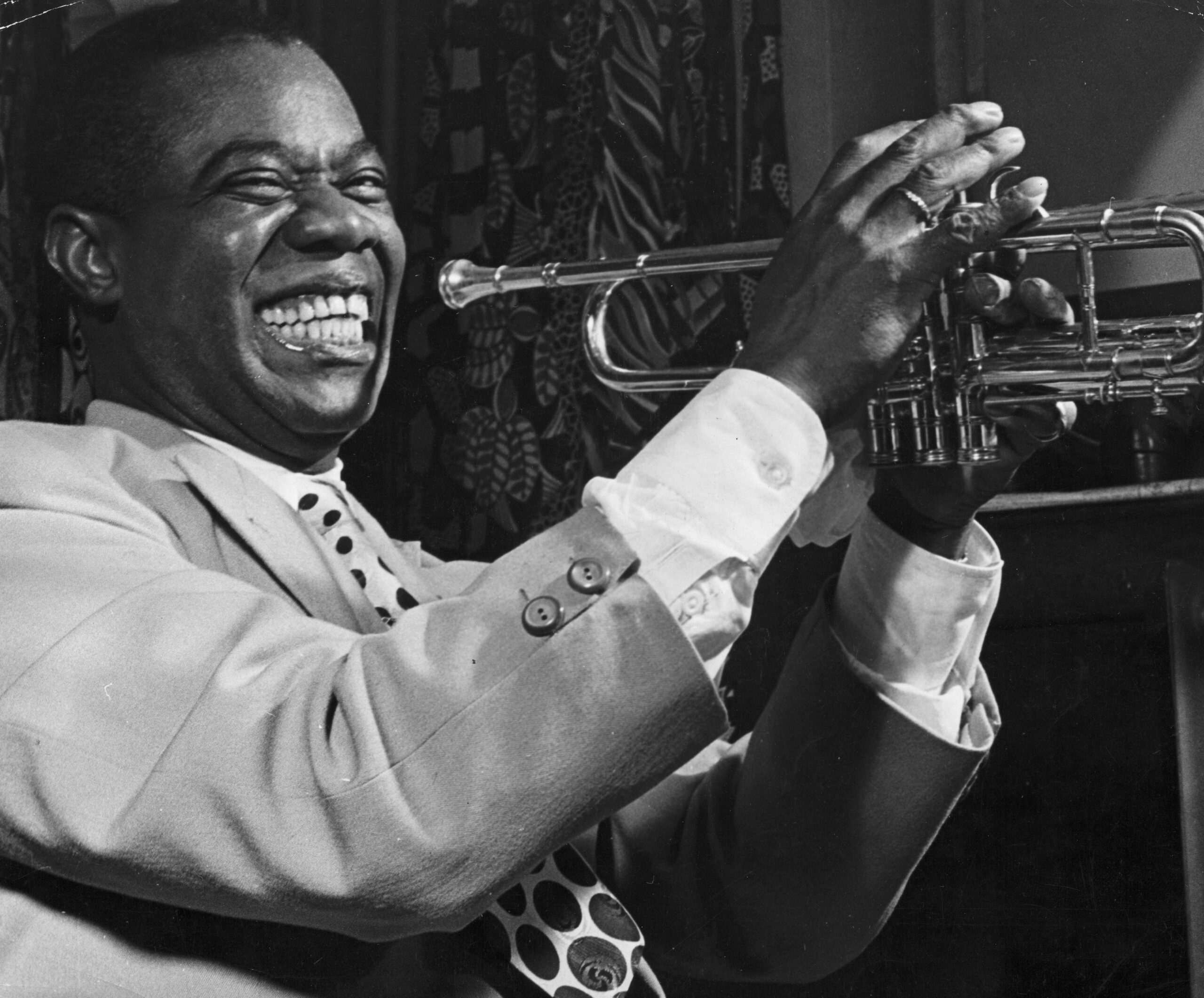The Jazz age of the 1920s and ’30s was a remarkable time in U.S. history. During the ’20s people were celebrating the end of the Great War. Young people especially were doing their own thing – listening to jazz, going to dance clubs, and breaking established social rules.
Prohibition had been introduced in 1918, making the manufacture, transportation, and sale of alcohol illegal, but that didn’t stop people from wanting it. Instead of stopping alcohol use, it made a great market for organized crime.
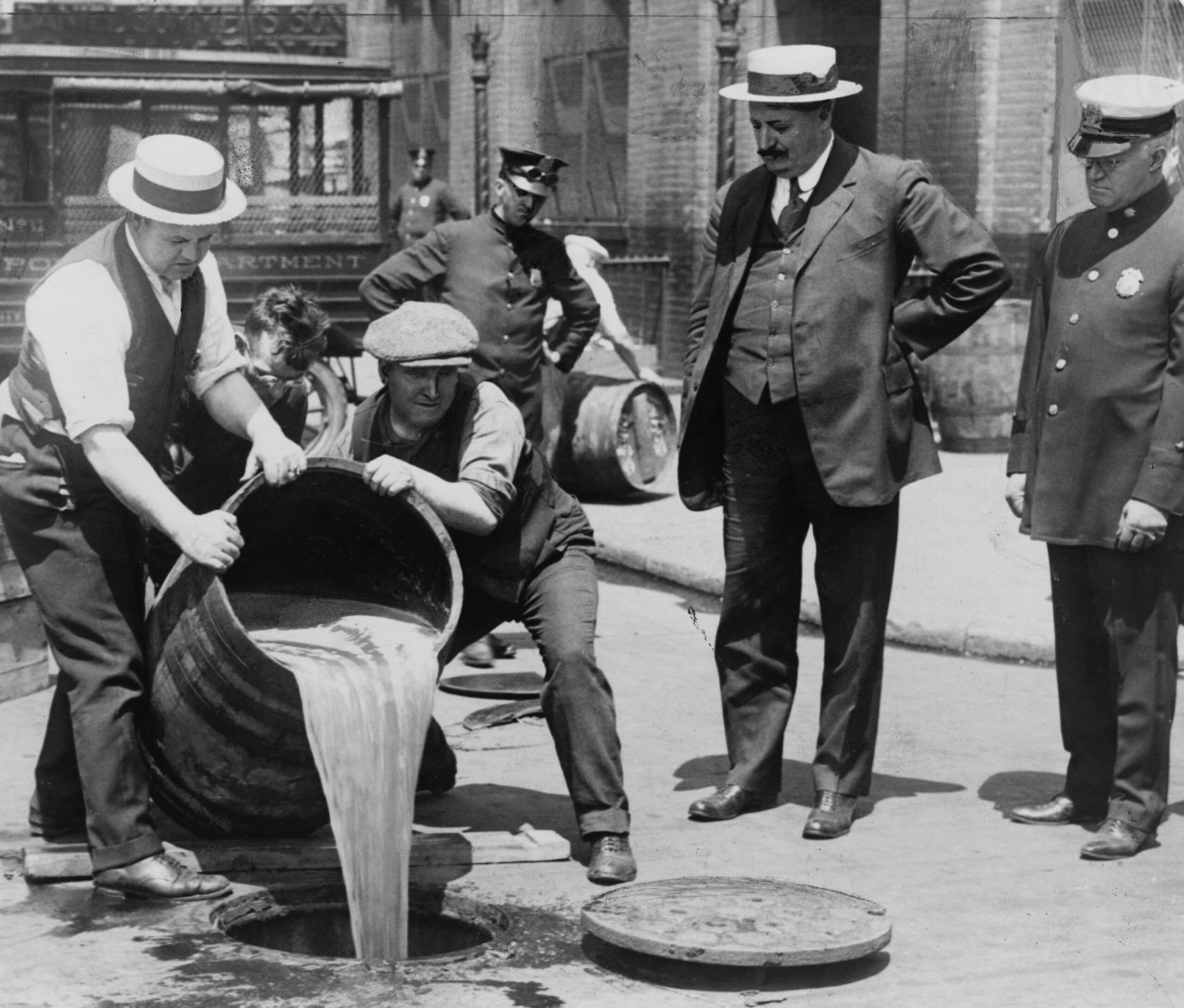
Before Prohibition, the mafia was a relatively small-scale organization, according to the Mob Museum. It was profit gained from making and trafficking illegal booze that made the mob the power it was to become and allowed for the rise of men like Al Capone in Chicago, and “Lucky” Luciano and Bugsy Siegel in New York.
Not only did the Mafia (Mob) run prostitution and illegal gambling in several major cities around the country, mobsters also came to own and run many clubs where people could go to drink, dance, and listen to live music. This is how Louis Armstrong ran into them.
According to Biography, Louis Armstrong was an 11-year-old boy living in New Orleans when he was arrested on New Year’s Eve for firing his stepfather’s gun. After he was arrested, he was put in the Colored Waif’s Home for Boys, where he learned to play the cornet.
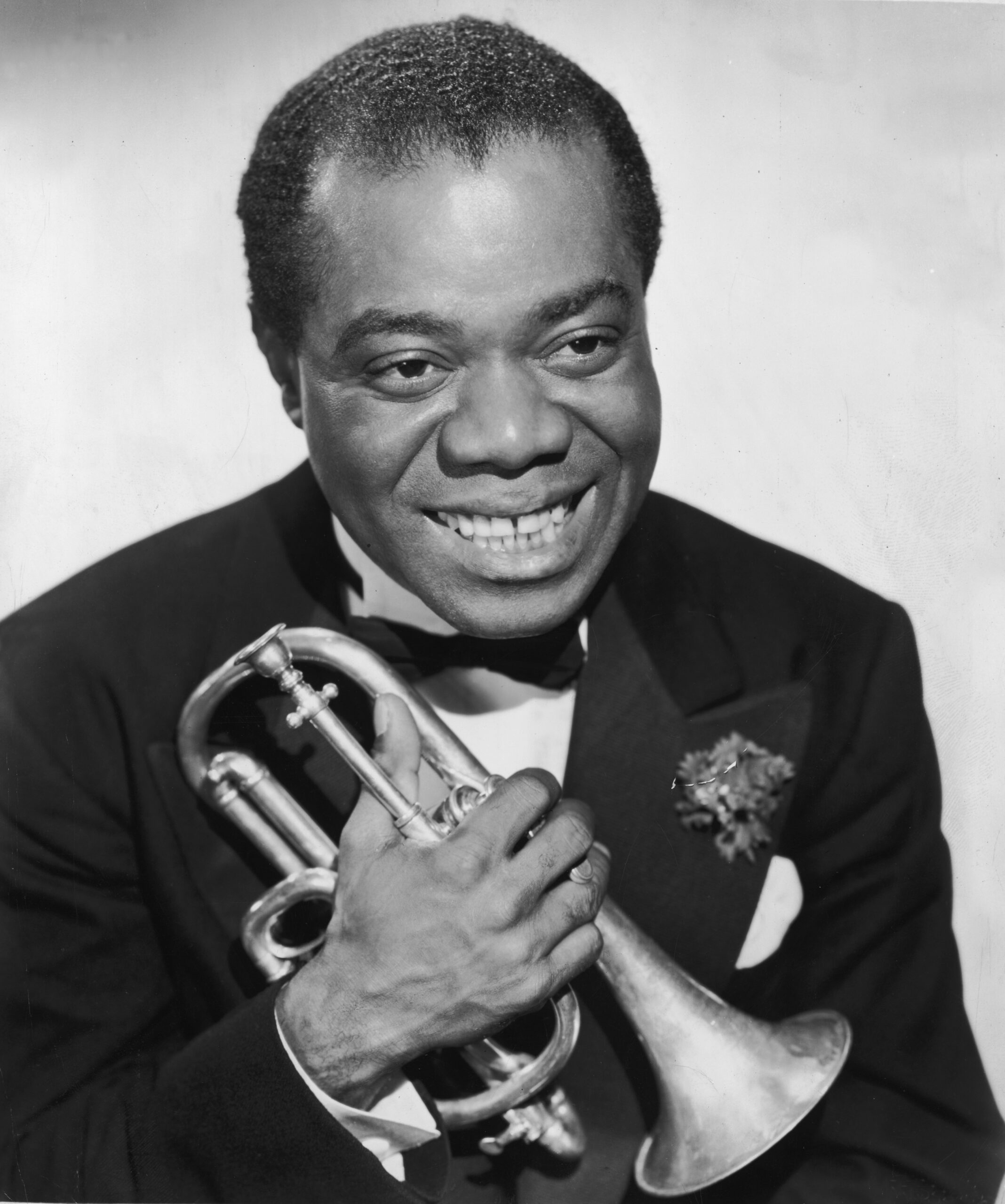
He fell in love with playing music, and when he left the home as a young man, he pursued it professionally. He began to make a name for himself locally after meeting and being mentored by Joe “King” Oliver in New Orleans, eventually taking Oliver’s place in a band when Oliver decided to move north.
After some time, Oliver contacted Armstrong and convinced him to come to Chicago to work. Armstrong worked in Chicago until his wife urged him to break with Oliver and try his luck in New York.
They made the move, and Armstrong joined a popular band there. Despite the band’s success after Armstrong joined, he didn’t feel like it was a good fit for him, so he eventually left and returned to Chicago.
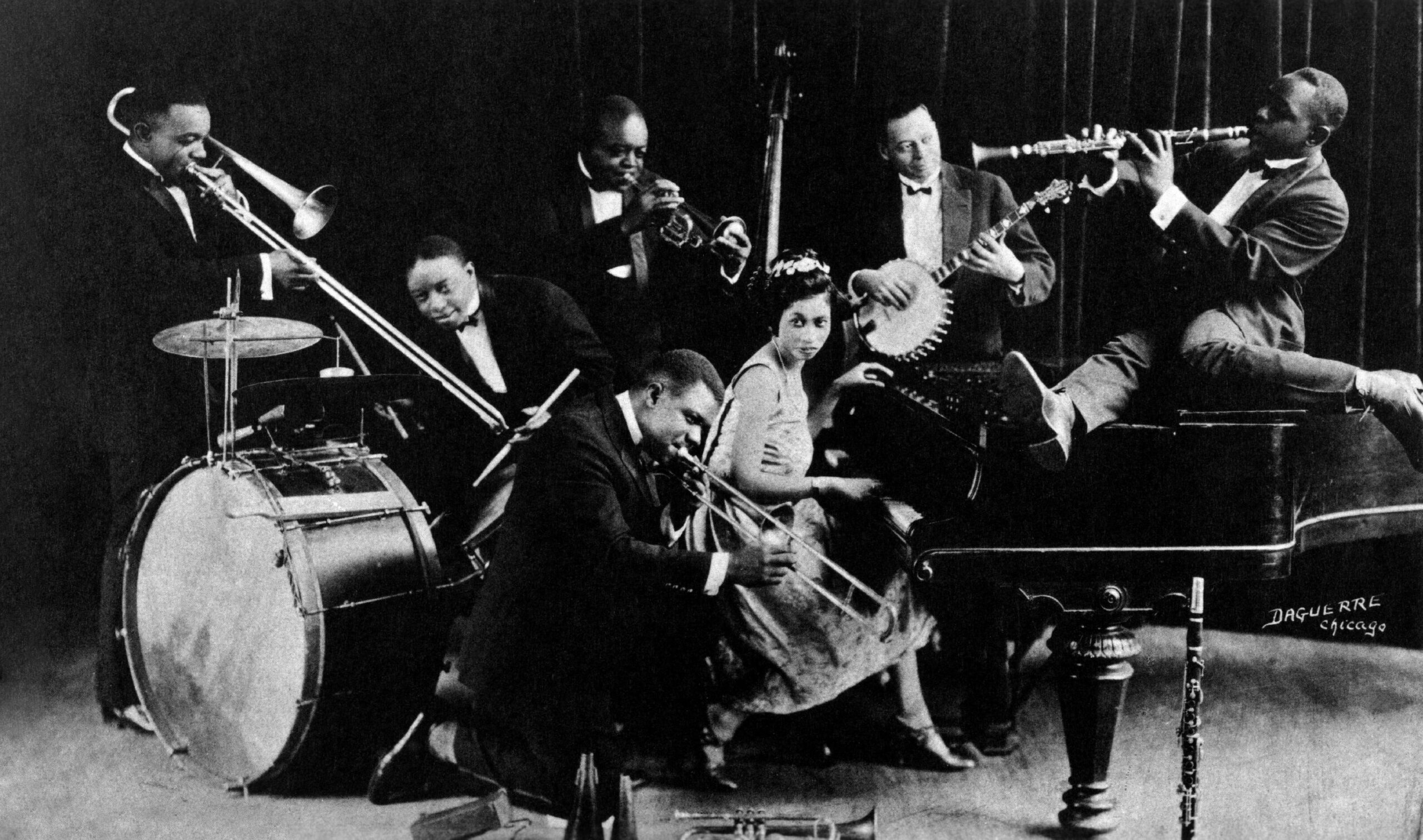
According to the Express, it was during this shuttling around between New Orleans, Chicago, and New York that Armstrong first had troubles with the mob.
Aretha Franklin 1942 – 2018
Even though he himself was not part of the mob, a lot of the folks he dealt with were, and they offered both protection and threats. This was inevitable, as most of the clubs he played were mob owned and run, and most of the artist’s managers were also mob-affiliated.
It made for a somewhat risky work life for musicians. Once, when Armstrong reneged on a contract with a New York recording director named Tommy Rockwell, he was visited by a man with a baseball bat. When he signed the contract with Rockwell, he was hired to work at a nightclub in Harlem called Connie’s Inn.
The club closed, leaving Armstrong out of work, so he canceled his contract, moved briefly to Hollywood, and hired Johnny Collins, a gangster, to be his new manager.
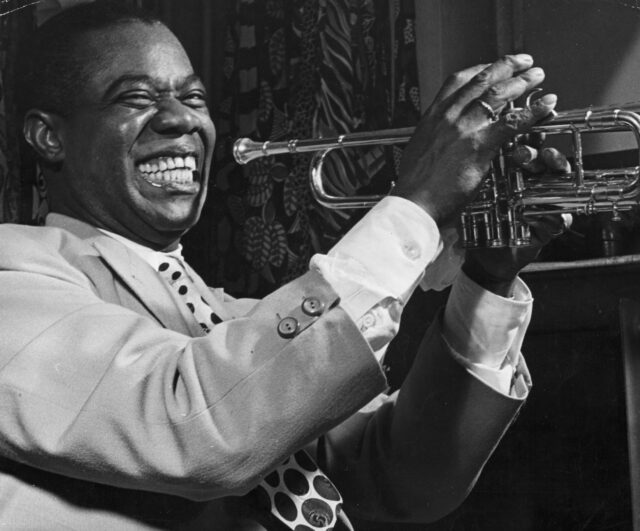
Armstrong left Hollywood to play in Chicago again, and when he showed up there, he was greeted by a thug ordering him to New York to play a gig there the following night.
When Armstrong said he had to finish his current gig in Chicago, the thug threatened him at gunpoint until Armstrong agreed to play in New York. Instead, he took off to Europe and went on tour.
While in Europe, Armstrong began to have problems with his lips. He also had a big dispute with Johnny Collins over Collins’ increasingly erratic behavior. As a result, Armstrong and Collins parted ways, Collins leaving the musician stranded in Europe. Armstrong stayed in Europe for most of a year, recovering.
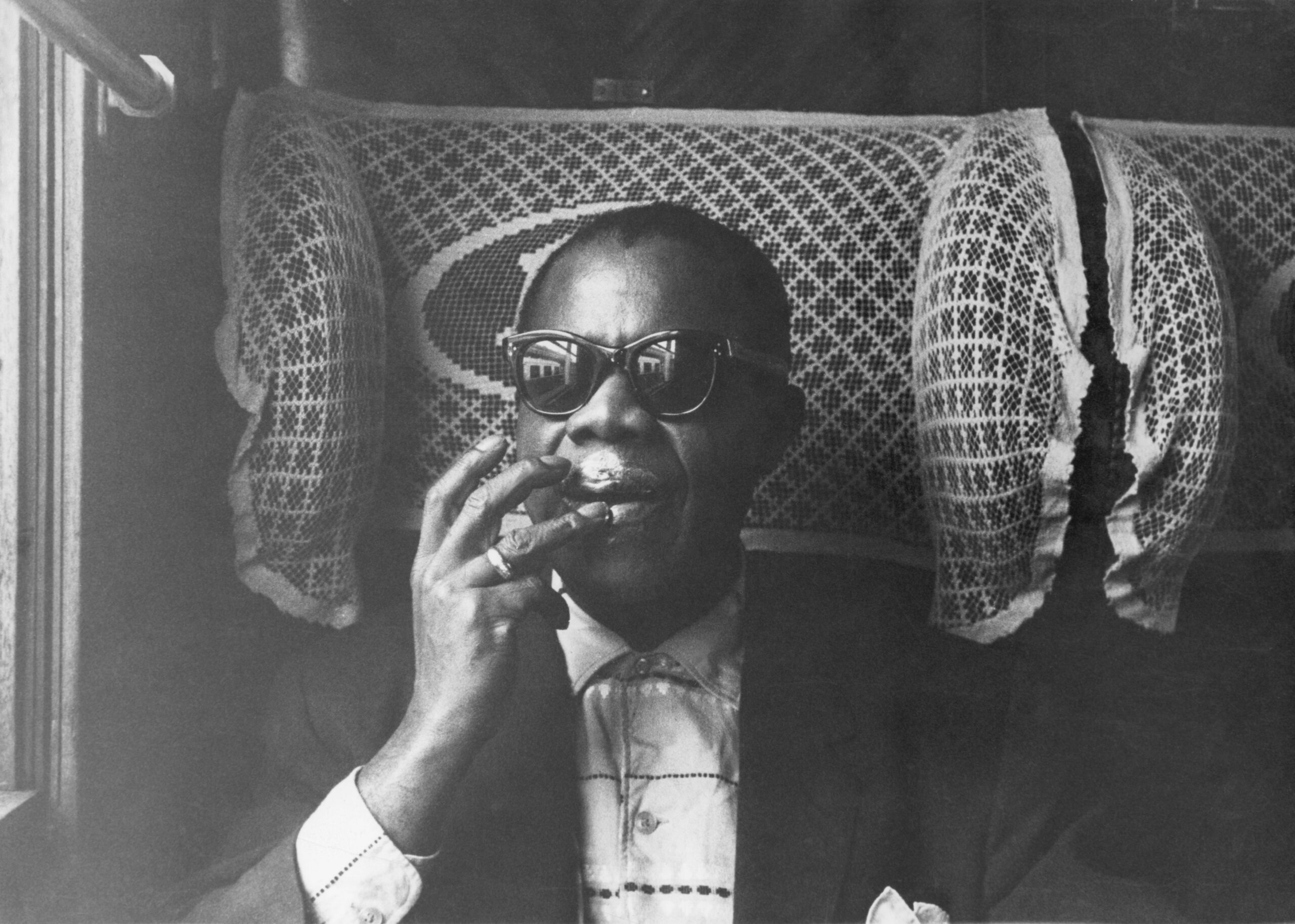
In 1935, when Armstrong returned from Europe, he looked for a new manager who could protect him – another gangster, named Joe Glaser. The relationship between the men was complicated.
Glaser built a powerful business for himself, largely rooted in his managing of Armstrong’s career. Glaser was a man with a dangerous and shady reputation, and he used it to stand between other gangsters and the artists that he managed, including Armstrong.
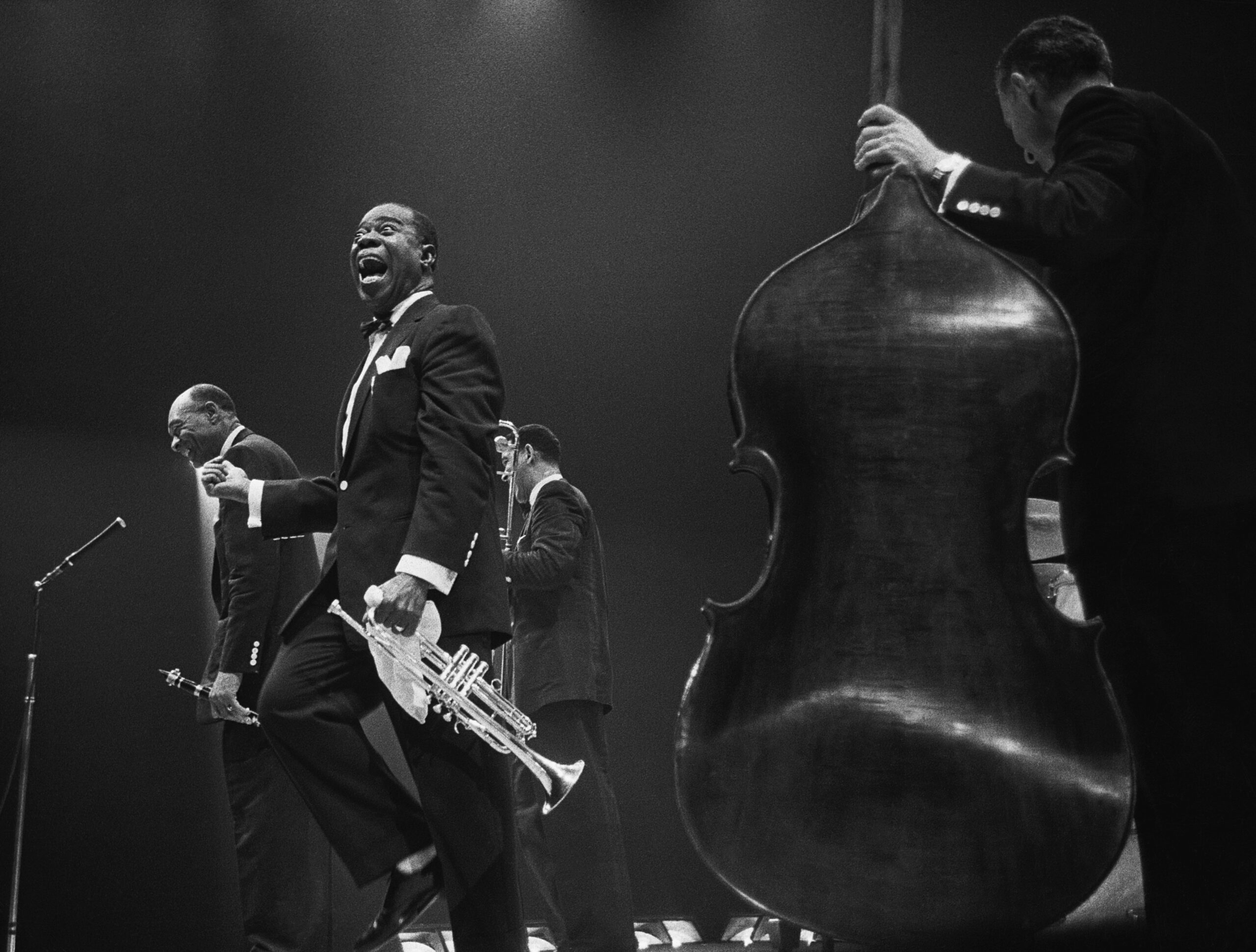
Besides offering protection and managing Armstrong’s career, Glaser also handled many of the maintenance details of his personal life, making sure the bills got paid, etc. Armstrong spoke of Glaser with respect, and said he was like a surrogate father, according to the Chicago Tribune. The men worked together for forty years.
